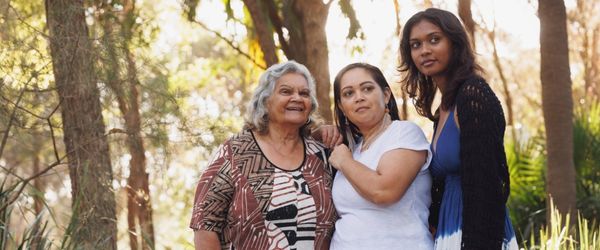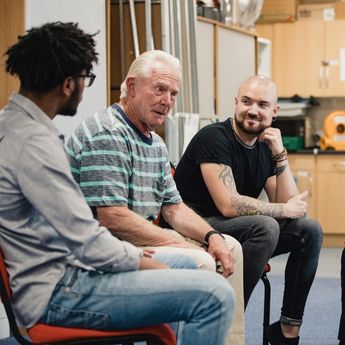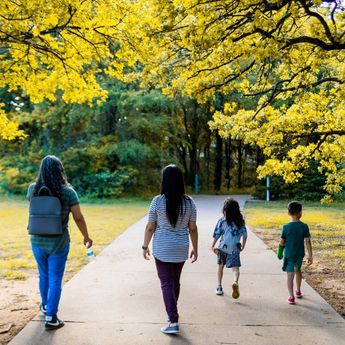It would be easy to assume that breast cancer is a disease that largely affects white women. Historically, Western research in the sciences and medical fields has focused on white men and women; a widespread and deeply rooted effect of colonialism. The same is true for advertising and journalism (and many other industries), which is why for many years breast cancer and other awareness campaigns have primarily featured white women or men.
For example, two commonly used indicators for identifying breast cancer risk, body mass index (BMI) and breast density, are largely based on white populations and may not be as accurate for Black and Asian women. Breast density may also be a less accurate indicator for Asian women who tend to have denser breasts. Also, guidelines that recommend beginning screening at 50 or older may not be helpful for this group because breast cancer rates are sharply increasing among Asian women between the ages of 45-49. Chhavi Sikri, CBCN’s board member for Ontario, spoke about her diagnosis:
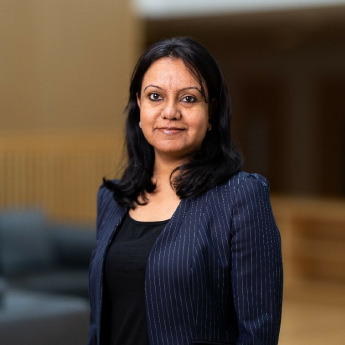 “June 5, 2023, changed my entire life. That was the day my biopsy results came out, and I heard my surgeon say, “So, we did find some cancer cells in your body.” I did not cry — I did not react — I was completely dumbstruck, like being run over by a bus or pushed off a high cliff and not yet knowing where I would land. I am originally from India, and nobody in my family, on either my maternal or paternal side, had ever been diagnosed with any kind of cancer. I had led a healthy, happy life — eating plenty of fruits and vegetables, enjoying salads, and staying active — so the diagnosis felt like a betrayal by my own body. My cancer was stage 2, hormone-positive, detected at my very first mammogram at 48. Genetic testing was done during chemotherapy and came back negative. I underwent a lumpectomy, 8 rounds of chemotherapy, 19 sessions of radiation, and I am still on 5 years of hormone blockers, followed by the constant struggle to get back to a sense of normalcy. For a long time, I kept asking myself, why me? That shock eventually transformed into a quiet, fierce determination to speak up: breast cancer doesn’t only affect people with a family history or certain genes, and it absolutely does not spare BIPOC communities. Thankfully, the Canadian Breast Cancer Network (CBCN) gave me the platform to speak and share my story. If my experience teaches anything, it’s that awareness, early screening, and honest conversations can save lives — please don’t wait to check.”
“June 5, 2023, changed my entire life. That was the day my biopsy results came out, and I heard my surgeon say, “So, we did find some cancer cells in your body.” I did not cry — I did not react — I was completely dumbstruck, like being run over by a bus or pushed off a high cliff and not yet knowing where I would land. I am originally from India, and nobody in my family, on either my maternal or paternal side, had ever been diagnosed with any kind of cancer. I had led a healthy, happy life — eating plenty of fruits and vegetables, enjoying salads, and staying active — so the diagnosis felt like a betrayal by my own body. My cancer was stage 2, hormone-positive, detected at my very first mammogram at 48. Genetic testing was done during chemotherapy and came back negative. I underwent a lumpectomy, 8 rounds of chemotherapy, 19 sessions of radiation, and I am still on 5 years of hormone blockers, followed by the constant struggle to get back to a sense of normalcy. For a long time, I kept asking myself, why me? That shock eventually transformed into a quiet, fierce determination to speak up: breast cancer doesn’t only affect people with a family history or certain genes, and it absolutely does not spare BIPOC communities. Thankfully, the Canadian Breast Cancer Network (CBCN) gave me the platform to speak and share my story. If my experience teaches anything, it’s that awareness, early screening, and honest conversations can save lives — please don’t wait to check.”
In some respects, racial minorities can even be at a higher risk for more aggressive forms of the disease, like triple negative breast cancer (TNBC). A U.S. study from 2021 found that TNBC in Black women was more likely to be advanced, larger than 5 cm, and to have spread to the lymph nodes. Taking many demographic, socio-economic, and other factors into account, the researchers still found that Black women were 28% more likely to die from triple negative breast cancer than white women. When adjusted to take the breast cancer characteristics into account, Black women were still 16% more likely to die from triple negative disease than white women.
Much of the available data on racial disparities in breast cancer come from the United States, where race-based health data collection is more established. In Canada, the lack of standardized demographic data, particularly on race and ethnicity, makes it difficult to fully understand and address similar disparities here.
This lack of diversity, equity and inclusion (DEI) in medical research has led to gaps in knowledge not only about how breast cancer affects BIPOC women differently, but also how a person’s culture can impact diagnosis, treatment, and survivorship. Catalina Lopez-Correa talks about how these gaps impacted her experience as a queer Latina:
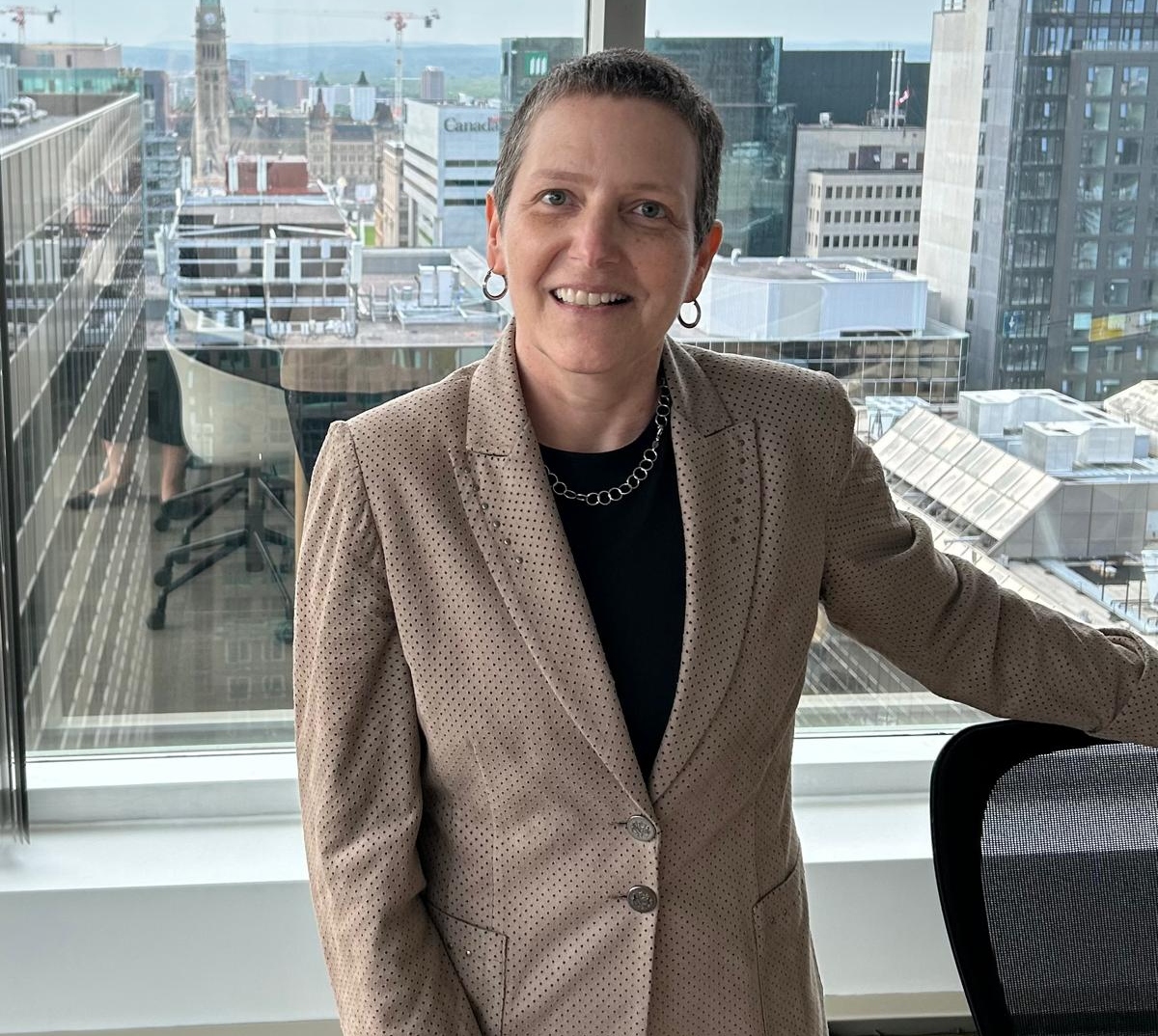 “I was diagnosed with breast cancer in April 2023, and since then I have seen firsthand the challenges patients face in navigating the healthcare system. As a Latina, lesbian, and immigrant to Canada, I have experienced both the strength of our healthcare system and the gaps that remain — especially when it comes to equitable access to genomics and precision oncology. In my own journey, I had the opportunity to benefit from genomic testing, but I also discovered that my Latino genome is not well represented in international databases. This lack of representation slows down the application of precision oncology and risks leaving patients like me behind. Too often, patients across Canada still do not have access to the genomic tests that could inform and personalize their care. My journey has made me even more committed to raising awareness about the urgent need for inclusive, diverse datasets and equitable access to the benefits of precision oncology for all breast cancer patients.”
“I was diagnosed with breast cancer in April 2023, and since then I have seen firsthand the challenges patients face in navigating the healthcare system. As a Latina, lesbian, and immigrant to Canada, I have experienced both the strength of our healthcare system and the gaps that remain — especially when it comes to equitable access to genomics and precision oncology. In my own journey, I had the opportunity to benefit from genomic testing, but I also discovered that my Latino genome is not well represented in international databases. This lack of representation slows down the application of precision oncology and risks leaving patients like me behind. Too often, patients across Canada still do not have access to the genomic tests that could inform and personalize their care. My journey has made me even more committed to raising awareness about the urgent need for inclusive, diverse datasets and equitable access to the benefits of precision oncology for all breast cancer patients.”
The lack of representation of BIPOC data in health and medical research has had negative impacts. Some cultures with strong traditional medical beliefs may distrust Western medical practices and healthcare providers, since their beliefs are often not respected or incorporated into their care; for example, Indigenous or traditional Chinese medicine. This, coupled with barriers to access like language, can lead to being diagnosed at a later stage of the disease, with poorer outcomes.
There have also been many incidents throughout history of the medical community taking advantage of or exploiting racial minorities, especially Black people, for research purposes. This historical misuse and distrust, coupled with Western medicine’s cultural unfamiliarity and language barriers may prevent Black, Hispanic, and other minorities from participating in clinical trials; a rich source of important health data.
Implementing a nationwide system of demographic health data collection is another way that we can ensure that everyone, regardless of ethnicity, is represented in medical research that benefits all of us.

